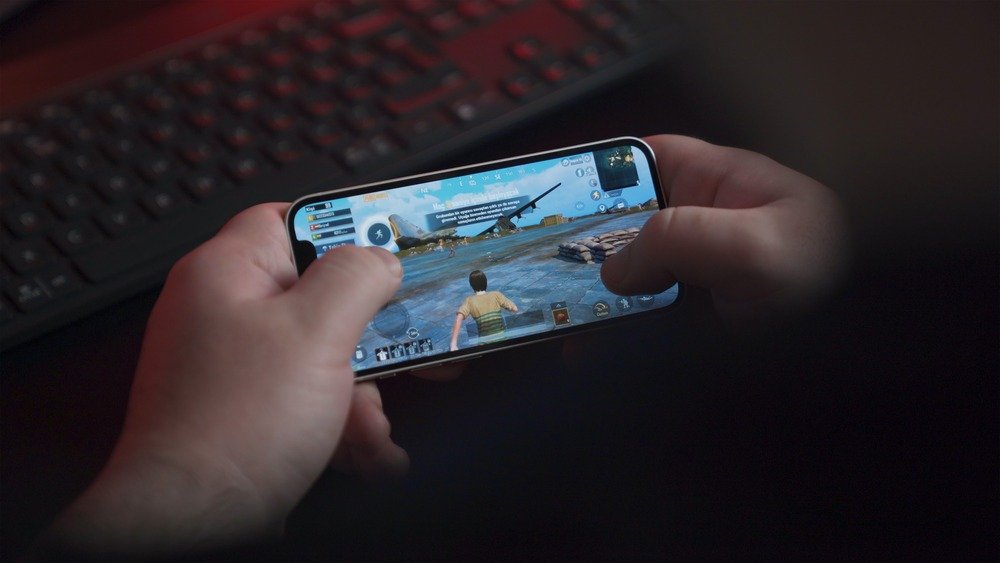Multiplayer game development is a complex and challenging undertaking for any game developer. It requires a unique set of skills to design, program, and launch a successful game that will be enjoyed by a large number of players.
Multiplayer games are much different than single-player games, as they require a great deal of coordination between players and the game itself.
It is important to create a game that is well-balanced, intuitive, and enjoyable for players of all skill levels.
In this blog post, I will discuss the complete process of multiplayer game development and why should you develop multiplayer rather than other games.
Let’s drive in:
Introduction to Multiplayer Game Development
Multiplayer game development is a complex task that requires careful planning and execution. It involves creating an environment where players can interact and compete against one another in an engaging and dynamic environment.
In order to create a successful multiplayer game, developers must have a clear understanding of the game mechanics, including the game’s rules, goals, and strategies.
Additionally, they must be able to create an environment that is both secure and entertaining. This includes designing a user interface that is both user-friendly and visually appealing.
The multiplayer game development company must also have the ability to monitor and manage player activity and ensure a fair and enjoyable online experience for all players.
Finally, strong networking and hosting skills are essential for ensuring that the game runs smoothly across multiple platforms and servers.
The Developing Process of Multiplayer Game
Here is the developing process of multiplayer games:
1. Conceptualization
Develop the idea and concept for the game. This is the first step in the game development process and it involves brainstorming and researching various ideas that can be used for the game.
2. Pre-production
This is the process of planning the game. It includes deciding on the platforms the game will be released on, setting up the team structure, and creating a budget.
3. Design
This is the process of designing the game. This includes creating the game levels, characters, and other elements.
4. Programming
This is the process of coding the game. This involves writing the code to control the game’s elements and create the game’s logic.
5. Testing
This is the process of testing the game to make sure it works correctly. This involves finding bugs and other issues with the game.
6. Release
This is the process of releasing the game. This includes getting the game on various platforms, marketing the game, and setting up servers to host the game.
7. Maintenance
This is the process of maintaining the game. This includes releasing updates, fixing bugs, and responding to customer feedback.
Read More: Empowering Non Technical Users To Build Custom Solutions
Key Features of Multiplayer Gaming
Here are the key features of multiplayer game development:
- Co-operative Play: Co-operative play is a feature that allows players to work together to complete a task or mission. This type of gameplay is often found in RPGs and other adventure games.
- Competitive Play: Competitive play is a feature that pits two or more players against each other in order to achieve a set goal or win a match. This type of gameplay is found in first-person shooters, racing games, and sports games.
- Online Communities: Multiplayer gaming often comes with an online community of like-minded players who share common interests and goals. This can be a great way to foster friendships and form alliances.
- Voice Chat: Voice chat allows players to communicate with each other while they are playing. This feature can be used to strategize, work together, or just chat casually.
- Leaderboards: Leaderboards are a feature that allows players to compare their performance against other players. It can be used to measure progress and motivate players to keep improving their skills.
Multiplayer vs Single Player Gaming – Key Differences
Multiplayer and single-player gaming have been around for decades, and the two styles of gaming have a number of distinct differences between them.
It is typically defined as a game that is played by multiple players in either a cooperative or competitive manner. Single-player gaming is typically a game that is designed for a single player to experience alone.
One of the key differences between multiplayer and single-player gaming is the level of social interaction. Multiplayer games typically involve a certain level of social interaction between players, such as communication, strategizing, and team building.
Single-player games are generally designed to be experienced alone and don’t require any sort of social interaction between players.
Another difference is that multiplayer games generally require more skill, as players need to work together to achieve success. Single-player games often rely more on luck, as players are only competing against the game itself.
Finally, the replayability of multiplayer and single-player gaming can vary greatly. Multiplayer games tend to have more replayability as players can play together in different ways and create new strategies.
Single-player games often have less replayability as they are based on the same story and objectives. This means that once the objectives have been completed, there’s not much incentive to play the game again.
Final Words
In conclusion, multiplayer game development can be an incredibly rewarding, but challenging process. It requires a number of different skills and an understanding of the various steps of the development process.
By following the steps outlined in this guide, you can create a successful and enjoyable multiplayer game.
Additionally, understanding the basics of game development and the potential challenges that come with creating a multiplayer game can help you anticipate and prepare for potential issues.
With the right knowledge and preparation, you can create a successful multiplayer game that players will enjoy and want to keep coming back to.
